Because these trucks will be part of my Finnish Continuation War collection the drivers will have to look the part, so I will have to cobble together something suitably 'Finnish' looking!
What I decided to use were two of my S&S Models 1/76 white metal Generic Driver bodies, and then I will transplant the heads from two of Ceaser's Africa Korps infantry onto them. The German field caps on these particular 1/72 figures look very close to the Finnish issue field cap of WW2.
As you can see, I have gone for a body that also includes a steering wheel, this is just convenient for me because - although Hunor does include a resin steering wheel - I don't want to muck about with tiny and delicate resin components like steering wheels (which are super delicate and, once again, are attached to a slab of resin). I figure that once the completed driver is mounted inside the model's cab you won't be able to notice this fudge.
 |
| Head transplant completed and primed, I am quite pleased with these figures. |
I started my flatbed by making two simple styrene boxes...
These would be a nice, square (as in, evenly proportioned) and very solid platform onto which I could add the detail and the additional 'canvas' cover construction.
Historical note: In actual fact, while having a canvas cover suits my wargaming aesthetic preferences, the real 1939 American commercial Ford trucks don't seem to have had them. In fact, most of the commercial trucks imported to Finland from the US seem to be what are called 'stake trucks', which don't have a cover, just wooden slated side-walls. The German-made Ford V8s - designated Ford G91[9]7T, 3-ton, 4x2, 'Ford Einheitslastwagen' [Universal truck]- did have canvas covers, but that's probably because these were manufactured with the military in mind. So my interpretation is a bit of a hybrid model of convenience!
 |
| The German-built Ford (yes, the Americans made a profit from this as they were yet to enter the war), these were modified to suit military use. Additions included; rear mudguards, 'jerry cans', tool boxes, roof-mounted convoy signal and the standard Wehrmacht type of canvas tilt cover. The German M39 Ford also had a single piece windscreen, all things that the American version didn't have. Picture source: Engines of the Red Army in WW2 |
Now, here's an opportunity for me to use my fancy-nancy Dremmel Fretsaw!
With the basic boxes (cargo flatbeds) constructed, I start making the canvas covers. I'll be making a couple of simple ribbed-framed boxes, much in the same way as I did when I converted my Steyr Raupenschlepper (RSO) Prime Mover...
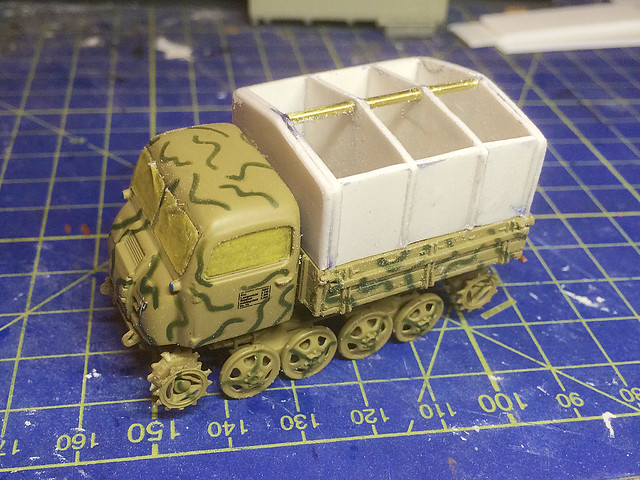 |
| A 'canvas tilt cover' frame construction, which I added to my RSO. |
I used styrene card, as that's what I just happened to have to hand at the moment, but this could have been just as easily done using ply or even balsa wood. However, using plastic card means that the frames should be nice and sturdy and will glue nicely onto the flatbeds I made.
One word of caution - if you are going to give this a try - the fretsaw is primarily designed for cutting wood and thin metals, while it does cut plastic you will have to make shorter cuts on slower speed settings. Long cutting session on high speeds creates HEAT, and - as I found - you could actually melt the plastic you are cutting so you SEAL up the cut as you are going along! (I kid you not!)
With some sanding to finish off any rough edges, my plastic arched ribs are ready to attach to the flatbed. I've also started adding the detail to the flatbed boxes, like side planks and 'metal' side strips...
I'm still undecided as to what material I will make the actual canvas cover - maybe masking take or tissue - as the tin foil (kitchen foil) I used for my RSO cover was a bit of a pig to work with and paint. I think I'll have to do some experiments.
BUGGER...Another fly in the ointment!
...On testing the fit of the flatbed to the chassis frame I discovered that there seems to be a possible issue with the dimensions of Hunor's chassis. It may be too short. If you attach the support spars where Hunor suggests you do on the bottom of the flatbed (and they are very specific in their instructions) the rearmost spar overshoots the chassis...
After going back to the reference material I have and some Googling, I think I have solved the puzzle of this issue. Hunor - as with their Ford V3000 truck - do two versions of this vehicle, one based on the American design and another based on the German licenced-build version. However, to save time and money, it looks like they have cheated and used the same chassis for both models and this may be inaccurate as I believe the German chassis and chassis support arrangement differs slightly from the original American version. Still, there are some dimensional issues as well.
What makes me think they have included the German chassis is that they have also included the rear mudguards - which the American version didn't have - and some additional accessories that relate to the German militarised Ford G91[9]7T version of the truck.
It's not a major disaster, just another annoyance and means you will have to show some initiative when constructing this model (which seems to be a pre-requisite for building resin models)!
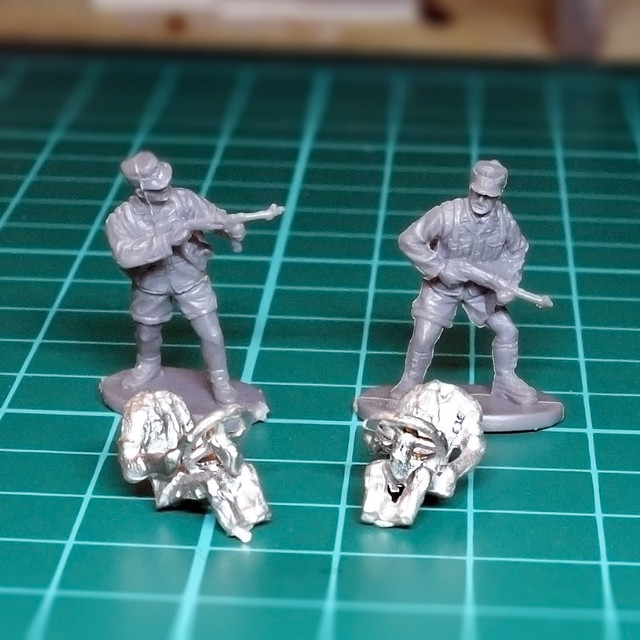
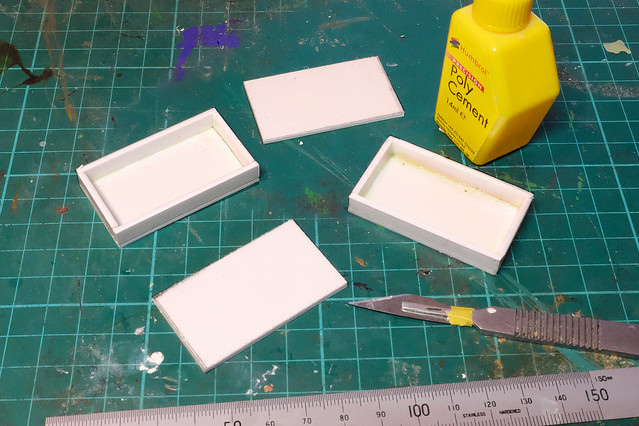
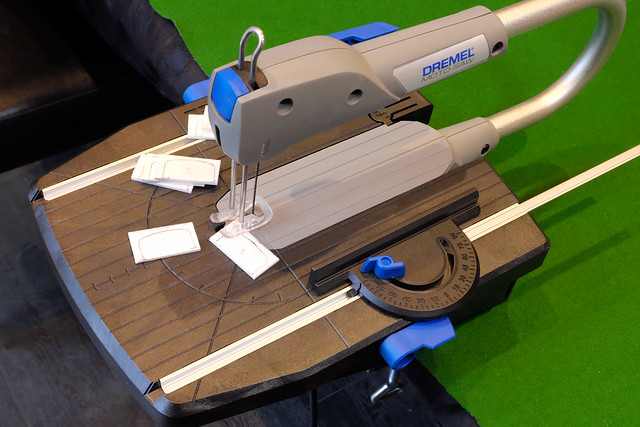
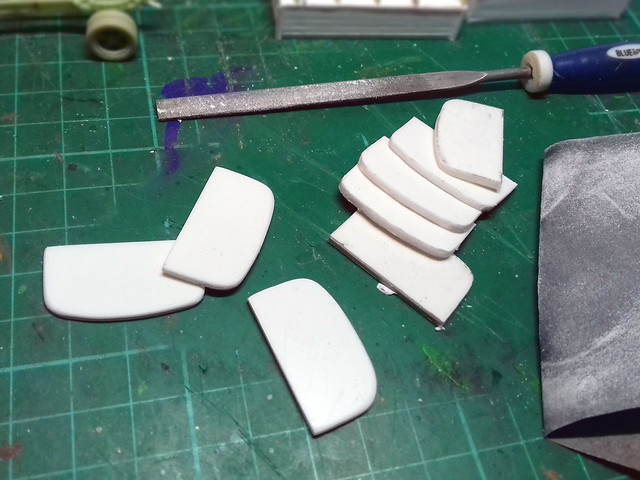
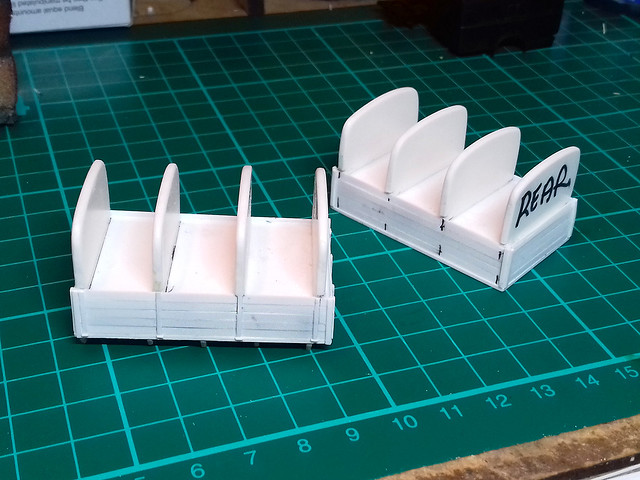
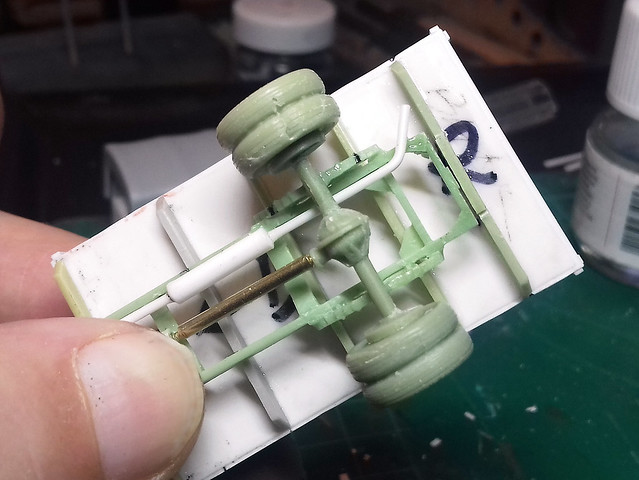
No comments:
Post a Comment